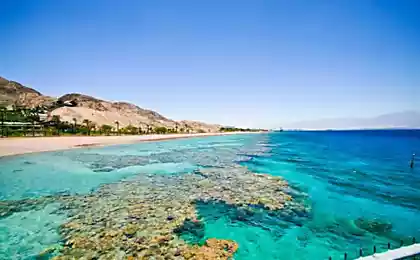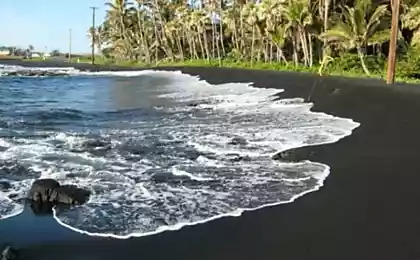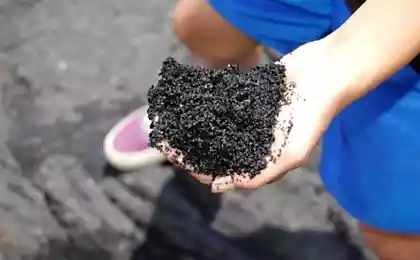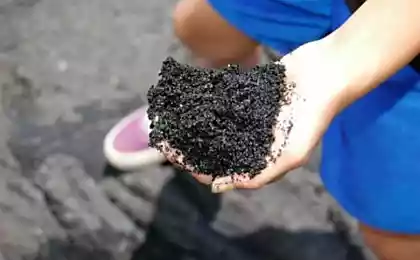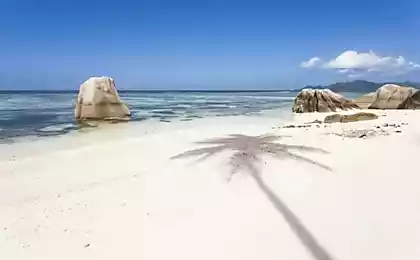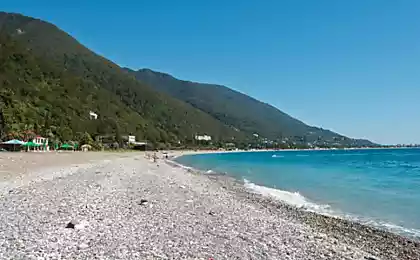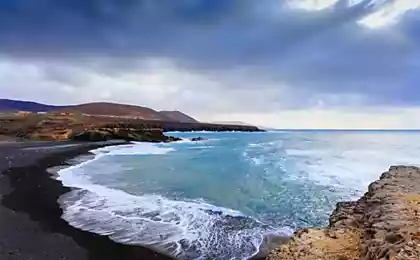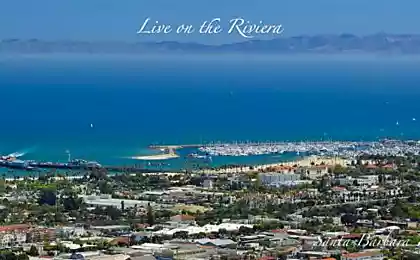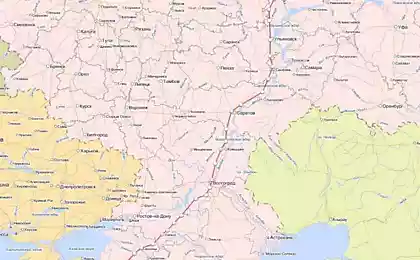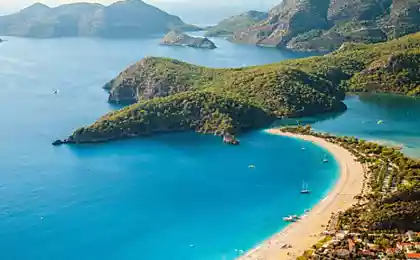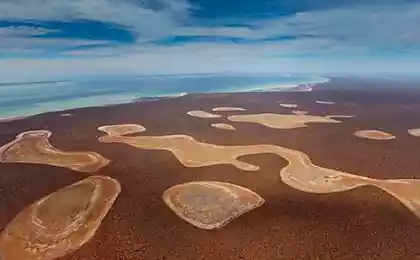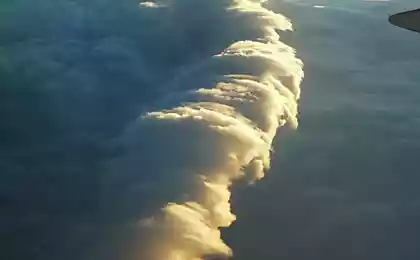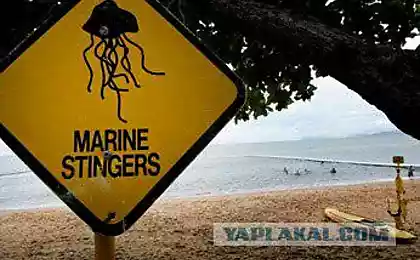1708
Shark Bay

At this time, you will learn about Shark Bay, which is located in the north-western part of Australia, he is famous hillocks - marine stromatolites are formed by organisms living on our planet more than 3.5 million years. These organisms are intensively absorb carbon dioxide, releasing oxygen in return. In addition, Shark Bay is famous for the beauty of the surrounding landscape!
Shark Bay Shark Bay is inhabited or not more than 1 000 people, while the coastline stretch 1,500 kilometers!
It should be noted island called "Dirk Hartog," the latter being the main historical attraction Shark Bay. More needs to be done once the emphasis on the fact that Shark Bay is an area of enormous zoological and ecological significance. This area is for 10,000 sea cows (dugongs), innumerable Monkey Mia, as well as numerous bottlenose dolphins is home. Here there are more than 26 rare species of mammals, 230 species of birds and over 149 species of reptiles. It is in the Shark Bay spawns a huge amount of variety of fish and shellfish.
For tourists there is an opportunity to hand feed dolphins, sailing straight to the beach.

In Shark Bay is the largest marine meadows, thickets which cover more than 4,000 square kilometers of this wonderful bay. By the way, Shark Bay boasts the largest number of a wide variety of algae. It algae in this place are a vital part of a complex environment. Over 1000 years in these thickets bred crustaceans, the remains of which formed the bottom of the sea, making it higher and higher. All of this sea grass is the foundation of the food chain in Shark Bay, providing shelter for innumerable marine life.
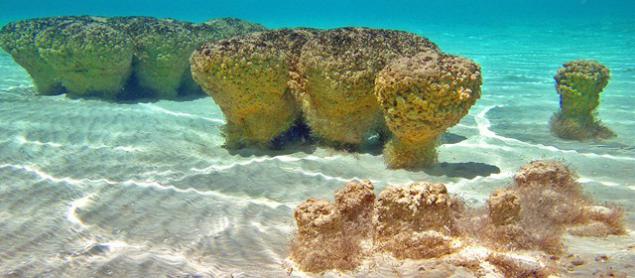
Hot and dry climate of the Gulf promotes strong evaporation, which affects the increase in water salinity. As a result, sea water in the bays, where small depth, it becomes incredibly salty, acquiring the status of gipersolonchaka. It is worth noting that the sea grass prevents periodic water flow in poorly accessible bays without giving ocean waters dissolve the salt in shallow bays. Because of all of this water is much saltier Gulf than in the surrounding ocean waters, by the way, the salt content in some places several times higher than the amount of salt in the ocean.
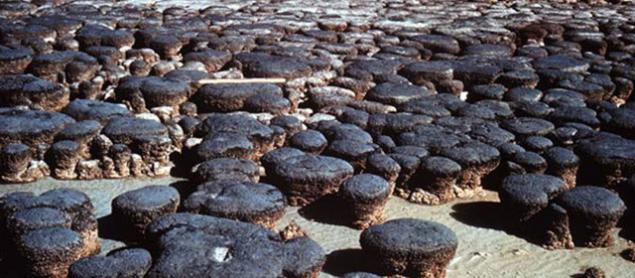
In the south of Shark Bay is a natural reserve Hamelin Pool (Heymlin Poole), home to microbes that build stone formation called "stromatolites". The latter have a venerable age, namely 3000 years. Hamlin Reserve boasts the most diverse and incredibly rich examples of stromatolite forms on our planet. You will be interested, but rock formations here grow due to the high salt content, which is an ideal habitat for bacteria that build the aforementioned rock formations.
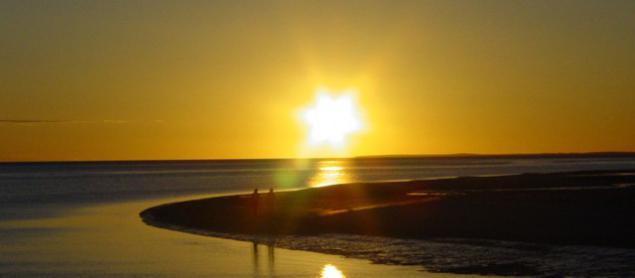
In 1991, Shark Bay is a UNESCO World Heritage Site and assign it the status of a unique ecosystem, covering more than 23,000 square km. In the same list was listed numerous protected areas and reserves, including the Francois Peron National Park, Shark Bay Marine Park, nature reserves and Zyuytdorp Hamlin Pool, and many more protected and truly unique islands. In conclusion upomyanёm interesting fact related to the fact that Shark Bay is the first Australian entity that was included in the World Heritage List.
